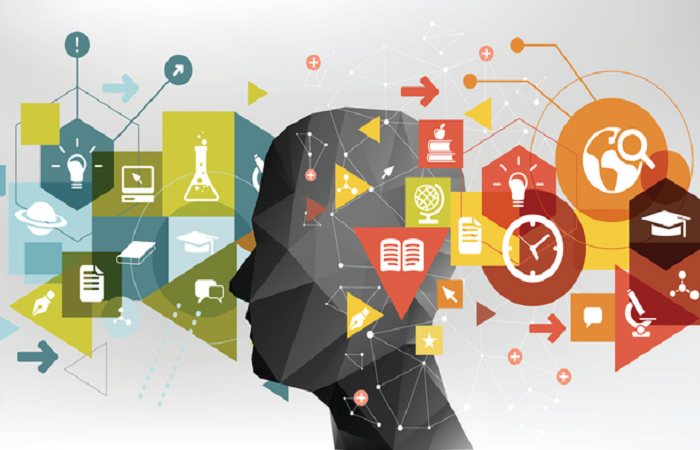
Need to know:
- The digital employee experience relates to everything the employee goes through during their hire to retire journey, and technology is an important piece of this puzzle.
- Benefits technology that mirrors employees’ experiences as consumers is particularly effective, as the processes are already familiar and valued by them.
- Employers can use the native features of apps to drive the digital employee experience, for example to send timely automated push notifications.
The employee experience encompasses every stage during the hire to retire journey, including pre-employment, on-boarding, everyday life at work, and exit or retirement.
Just under two-thirds (64%) of organisations cite enhancing the employee experience as a high priority within their benefits strategy, according to the UK Employee Benefits Watch Report 2018, published by Thomsons Online Benefits in April 2018.
Andrew Woolnough, HR and payroll solutions director at Equiniti, says: “The employee experience is a behaviour, it’s a feeling. The employee experience is far bigger than just employee benefits.”
Benefits technology is just one piece of the puzzle, yet it is an important lever in executing an employer’s overall employee experience strategy. “Digital technology is perfect for aggregation and bringing things together for that holistic and encompassing view,” says Woolnough.
So, how does benefits technology factor in as organisations take an increasingly holistic approach to the employee experience?
Employees as consumers
One way that benefits technology can improve the digital employee experience is by providing an integrated consumer experience, rather than offering numerous platforms with different purposes, usernames and passwords that employees may struggle to remember.
James Akers, director of product management at Thomsons Online Benefits, says: “Employees generally expect a great [benefits] package, but as consumers they also expect a brilliant technology experience as well. Consumers are generally fickle with their technology applications; if they don’t like an app, they get rid of it. As a result, that’s had to raise the bar in benefits technology to ensure employees are getting the best experience possible.”
Influencing benefits strategy
An advantage of using integrated benefits technology is that the data gathered from technology can inform both an employer’s benefits strategy and its distinct employee experience strategy. “Bringing everything together allows for a seamless understanding of data,” Woolnough explains. “The more [employers] glue together, the greater insight [they] have [and they can] make a better, informed decision for the business to take the strategy forward. With information, [employers] can be even more targeted and get better [returns on investment].”
Communication is a further component of the employee experience, and benefits technology is an important medium for this, says Akers. Employers can use technology to send automated, personalised and timely messages to staff. This could include personalised videos, signposting staff to specific benefits to fit the circumstances they are dealing with. “Benefits technology allows for getting quicker, faster, targeted communications,” agrees Woolnough.
Technology creating a seamless experience
When aiming towards a seamless digital experience, employers might combine proximity-based technology and geofencing, which is a virtual geographic boundary. This type of technology can be used, for example, to advertise retail discounts employees have access to through a voluntary benefits scheme when they are at the relevant location.
Jon Bryant, director at Aon Employee Benefits, says: “What [employers have] got from a digital employee experience [perspective] is the ability to bring benefits to the fore to the individual at the point that’s right to them, where they are, which really starts to bring that digital employee experience alive.
“From a digital perspective, [employers are] really using that technology to drive the employee experience to give [employees] the things that they’re actually interested in, at the point that it’s interesting for them.”
Other methods employers can use include mesh technology, which looks at integrating numerous technologies together, or simply taking advantage of native app features, such as the ability to automate push notifications. This can use demographic data, for example around behaviours, interests and attitudes, to send automated messages to staff when they are relevant.
Benefits technology can act as a support for an employer’s employee experience strategy, creating a seamless communications and benefits delivery journey that is personalised and collates feedback. All of these elements can, ultimately, come together to create something that goes beyond the norm and appeals to the employee as an individual.
“To really resonate from a digital perspective, [employers have] got to focus on the emotional side,” Bryant concludes. “People don’t realise that technology can be emotional and create an emotional reaction, if [done] in [the] right way.”